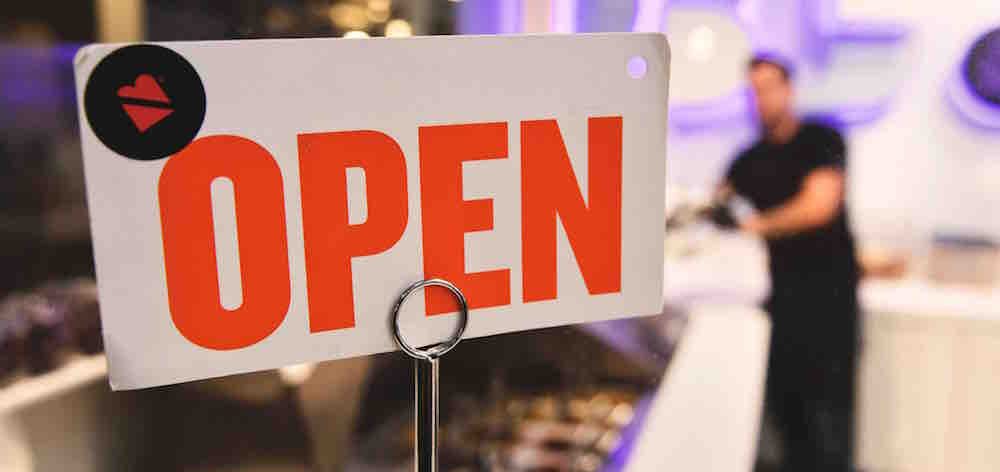4 Key Tips to Effective Shop Layout Design

4 Key Tips to Effective Shop Layout Design
Careful planning of your retail shop layout can make all the difference to how customers behave and interact with your business. Working out your floor plan is essential to making your retail space effective at encouraging your customers to browse and buy. This article takes you through 6 key tips to keep in mind when setting up your new shop layout in a way that will best promote your products.
Keep Your Entrance Clear of Clutter
Avoid the temptation to put products and sales signs right at the entrance. Doing this can deter people from wanting to enter your shop or go beyond the entrance. Shop layout design experts call this area the “decompression zone”. Your shop entrance should be clear of clutter, presenting an open, clear space for customers to be able to take in the layout of your shop and then venture forth to an area that interests them.
Steer Your Customers to the Left
Customer behaviour studies show that people overwhelmingly navigate shops in a remarkably similar way to how they drive. In Australia, we drive on the left-hand side, so shoppers will gravitate to the left when entering a shop and walk clockwise around the store. The area immediately to the left of the entrance, or Decompression Zone, is known as the ‘waterfront property’. This area is designed to grab attention and draw shoppers into your store, so this is where to place your most compelling promotional displays.
Allow for Personal Space
People value their personal space and don’t like having to rub up against each other to get through narrow aisles while shopping. If your aisles do not allow enough room to comfortably browse and carry items around, your customers are less likely to do so.
A well-planned shop makes sure that use of space is optimal for the shopping experience, giving your customers enough room to easily get around and be assisted by your sales staff.
Display Your Biggest Selling Products at the Back
Just about every shop does it; if your store carries items that bring your customers back again and again, these primary products and similar complimentary secondary products should be placed at the rear. Displaying your best-selling products at the back end of your store means that shoppers will have to pass by all your other products placed in between. This gives your products more exposure than if you displayed your best repeat sale items near the entrance, which would cause your customers to purchase and leave without seeing anything else you have to offer.
